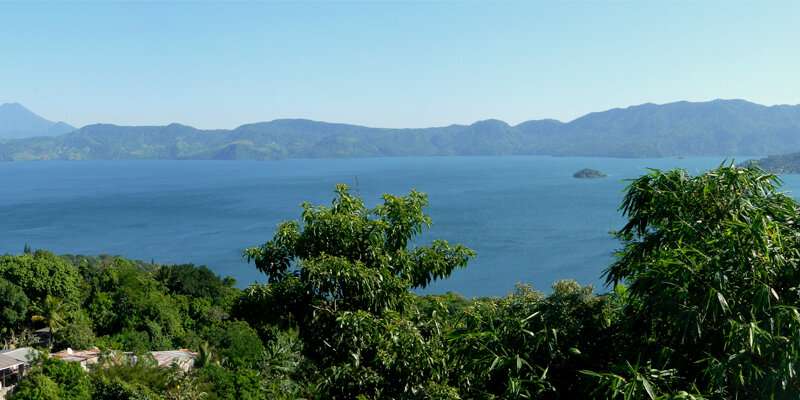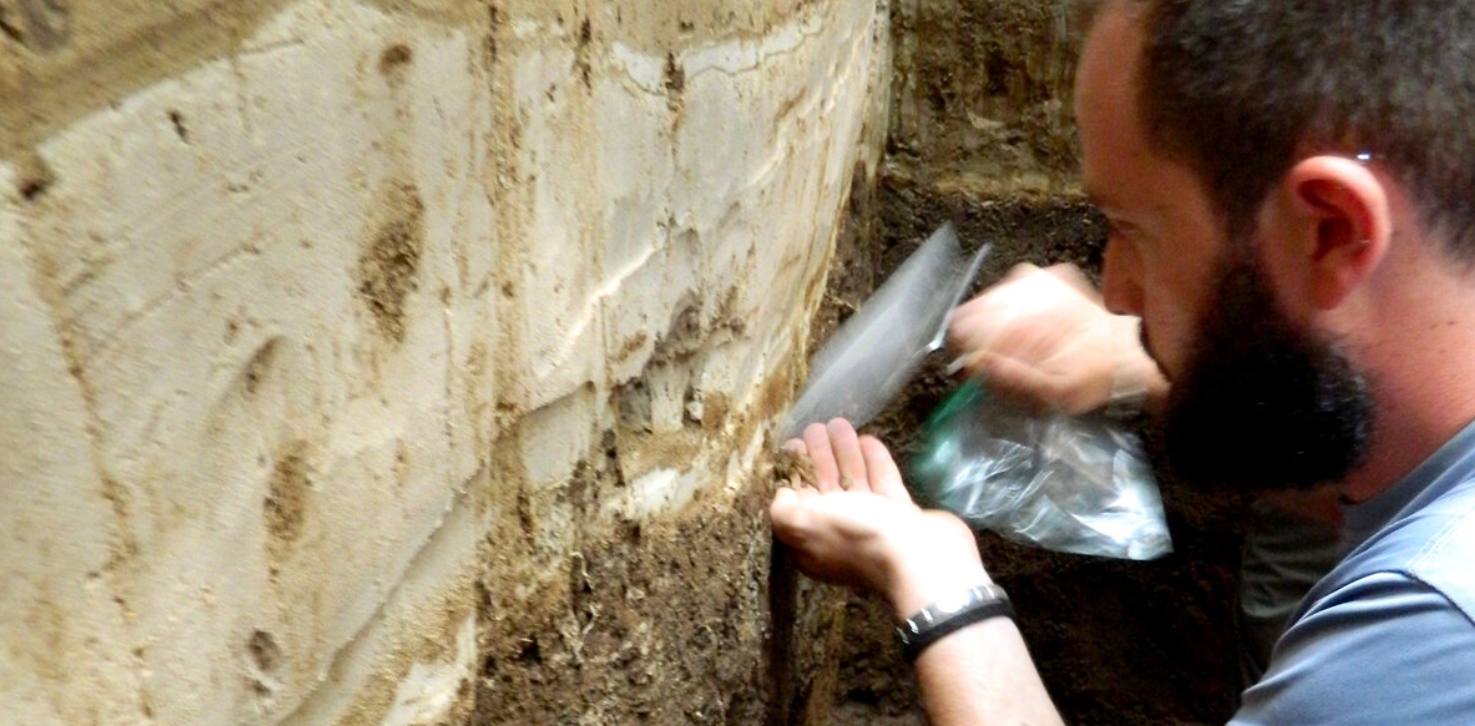Multifaceted study dates massive Tierra Blanca Joven eruption to 431 CE

It has been known that a major volcanic eruption shocked the Maya civilization, but the disaster's precise date and nature were unidentified. In a new study, an international team of archaeologists confirmed that the civilization was rocked by the Tierra Blanca Joven (TBJ) volcanic eruption of Ilopango, El Salvador, which killed every living being within 40 km (25 miles) around the volcano in 431 CE ± 2, 1 590 years ago.
Previous studies have shown that there was a major volcanic eruption in the region, but the date and nature were unknown. New research led by Victoria Smith, an associate professor from the University of Oxford, has revealed more details about the disaster, particularly its precise date.
The scientists came up with their findings after they analyzed an ice core retrieved from Greenland and also carried out radiocarbon measurements from a charred tree found in the TBJ ash deposits.
Hence, the team was able to date accurately the major eruption within just a couple of years– in 431 CE.
A 3D tephra dispersal model was used to estimate the eruption, and the team found that the plume rose to 45 km (25 miles) and the ash was spread to more than 7 000 km (4 300 miles) away, as far as Greenland.
"This work follows previous studies that were published in 2019 and in which we described, thanks to an extensive analysis of the ash deposits in El Salvador, the main physical parameters of this violent eruption that reached its climax with a series of pyroclastic flows linked a caldera collapse," said co-author Dario Pedrazzi, a researcher at GEO3BCN.
"A great part of this research has been possible thanks to all the data acquired during three field campaigns carried out in El Salvador during which we conducted a detailed mapping of the ash deposits present in an area of 200 000 square km (77 200 square miles)."

Dario Pedrazzi sampling in an outcrop near Tazumal. Credit: Dario Pedrazzi
Smith added, "More than 2 million square km (772 000 square miles) Central America was covered with at least a half centimeter of ash, and it would have been dark over this region for at least a week."
"The Ilopango Eruption was more than 50 times bigger than that of the 1980 Mount Saint Helens."
"The pyroclastic flows from the eruption of Ilopango were 10 times the volume of those from Vesuvius, which erupted in 79 CE, preserving the Roman city of Pompeii in ash."
The eruption occurred during the Maya Early Classic Period, which extended from 300 to 600 CE as the civilization witnessed growth across Central America.
"The explosion would have killed every living thing within 40 km (25 miles) and there would have been no inhabitants for many years or decades in the vicinity," Smith stated. However, the eruption did not have a notable impact on the Maya elsewhere.
Ilopango was believed to have been accountable for the anomalously cold decade in the Northern Hemisphere around 540 CE. However, studies show that this date is at odds with archaeological evidence of pottery production, which actually indicates a date near the beginning of the Early Classic period.
The Ilopango Caldera is situated less than 10 km (6 miles) from El Salvador's capital San Salvador. It is part of the Volcanic Arc of El Salvador, which includes a total of 21 active volcanoes, being one of the most active parts of the Central America Volcanic Arc.
Reference
"The magnitude and impact of the 431 CE Tierra Blanca Joven eruption of Ilopango, El Salvador" – Smith, V. C. et al. – Proceedings of the National Academy of Sciences – DOI: 10.1073/pnas.2003008117
Abstract
The Tierra Blanca Joven (TBJ) eruption from Ilopango volcano deposited thick ash over much of El Salvador when it was inhabited by the Maya, and rendered all areas within at least 80 km of the volcano uninhabitable for years to decades after the eruption. Nonetheless, the more widespread environmental and climatic impacts of this large eruption are not well known because the eruption magnitude and date are not well constrained. In this multifaceted study we have resolved the date of the eruption to 431 ± 2 CE by identifying the ash layer in a well-dated, high-resolution Greenland ice-core record that is >7,000 km from Ilopango; and calculated that between 37 and 82 km3 of magma was dispersed from an eruption coignimbrite column that rose to ∼45 km by modeling the deposit thickness using state-of-the-art tephra dispersal methods. Sulfate records from an array of ice cores suggest a stratospheric injection of 14 ± 2 Tg S associated with the TBJ eruption, exceeding those of the historic eruption of Pinatubo in 1991. Based on these estimates it is likely that the TBJ eruption produced a cooling of around 0.5 °C for a few years after the eruption. The modeled dispersal and higher sulfate concentrations recorded in Antarctic ice cores imply that the cooling would have been more pronounced in the Southern Hemisphere. The new date confirms the eruption occurred within the Early Classic phase when Maya expanded across Central America.
Featured image credit: Panoramic view of the Ilopango's caldera at present day. Credit: Dario Pedrazzi

Commenting rules and guidelines
We value the thoughts and opinions of our readers and welcome healthy discussions on our website. In order to maintain a respectful and positive community, we ask that all commenters follow these rules.